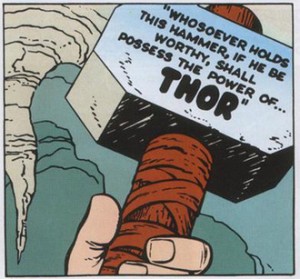 I was looking at the Previews Catalogue and I got a chance to closely examine the rating systems for Marvel and DC. I support ratings systems because they allow the public to easily identify content in an entertainment medium. The public then has the choice of whether or not they wish to view or purchase this medium. In addition, parents are able to make the choice if the comic book is appropriate for their child. However, I also believe that a rating system should be administered by a third-party entity. While such an entity carries with it its own set of problems, a separation of production company and rating company is necessary for legitimacy and consistency.
I was looking at the Previews Catalogue and I got a chance to closely examine the rating systems for Marvel and DC. I support ratings systems because they allow the public to easily identify content in an entertainment medium. The public then has the choice of whether or not they wish to view or purchase this medium. In addition, parents are able to make the choice if the comic book is appropriate for their child. However, I also believe that a rating system should be administered by a third-party entity. While such an entity carries with it its own set of problems, a separation of production company and rating company is necessary for legitimacy and consistency.
DC and Marvel both have different rating systems as show below.
DC System
- E – Everyone
- T – Appropriate for age 12 and up.
- T+ – Appropriate for age 16 and up
- M – 18 and up.
Marvel System
- ALL AGES – appropriate for all ages.
- A – Appropriate for age 9 and up.
- T+ TEENS AND UP – Appropriate for most readers 13 and up, parents are advised that they might want to read before or with younger children.
- PARENTAL ADVISORY – 15 years and older. Similar to T+ but featuring more mature themes and/or more graphic imagery.
- MAX: EXPLICIT CONTENT – 18 years old.
The picture becomes even more interesting when we look at the books offered this month by each publisher. DC is offering 82 titles this month (which is problematic in itself, but not the topic of this article) and the majority are rated T.
- E= 6 titles
- T= 56 titles
- T+ = 7 titles
- M = 13 titles
Or put in a different format the percentage breakdown in overwhelmingly T.
I don’t have a problem with the majority of comic books falling into a T rating, but why bother having a ratings system at all for only 13 titles? The M rating has existed for years at DC and is nothing new (it is Vertigo titles) and do you really need to make sure that a 15-year-old doesn’t read Green Arrow until he is 16? The E titles are Scooby Doo and whatever cartoon series DC has on television right now (so Brave and Bold, etc). Parents don’t really need a rating to tell them that Scooby Doo won’t have any graphic sex in it.
I am also concerned that if I wanted to buy a Superman comic book for an 8-year-old I technically should not do it. The Superman books are T which means that DC comics is basically saying that no one under 12 should read a Superman book. This seems wrong.
Marvel doesn’t really do much better. They are putting out a disgusting 96 titles in the current Previews.
- All Ages: 6
- A= 17
- T+= 49
- PA= 18
- Max= 3
- Mature= 2 (note this is not a rating given by Marvel, but it appears in Previews)
- 17+= 1 (note this is not a rating given by Marvel, but it appears in Previews)
So again, the vast majority fall into the T+ category for 13 year olds. However, Marvel does state parents might want to read these titles before or with younger children. I am happy that Spider-Man falls into the A category as does the Avengers (and for some reason Hulk). X-books mostly fall into the T+ range which seems about right and Deadpool and Wolverine stuff is all PA 15 and up. The PA rating is strange in that would it not be better to simply tone down the PA books so they fit into T+? Or if you want to make a truly grim story shouldn’t it be Max?
I would also argue that most superhero comic books should fall into the all ages category. Just because a book is appropriate for all ages doesn’t mean that it is bad. There are a lot of great stories that should fall into that category. Now some will say that the stories aren’t meant for children. Okay, but the toys are. Superheroes toys are marketed to children. The movies are marketed to a younger audience than the comic books. If a 10-year-old saw Thor or Iron Man and came into a comic book store they “should not” buy any of the books published today.
Publishing companies need to realize that young readers are new readers, and old farts like me are not the future of comic books. They need to provide customers with a clear, logical ratings system across the industry. This rating system should be administered by a third-party for the sake of transparency. And finally, I would urge the industry to create a rating that captures young children as well as early teens. These should be good stories that anyone can enjoy, and should be the default for superhero comic books.

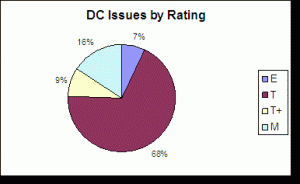
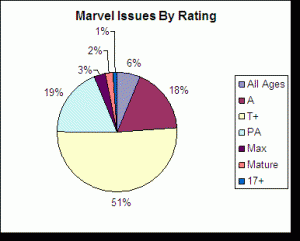
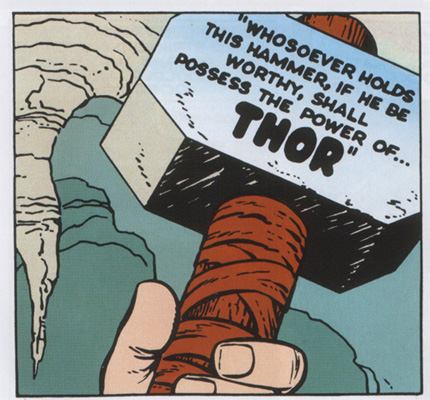

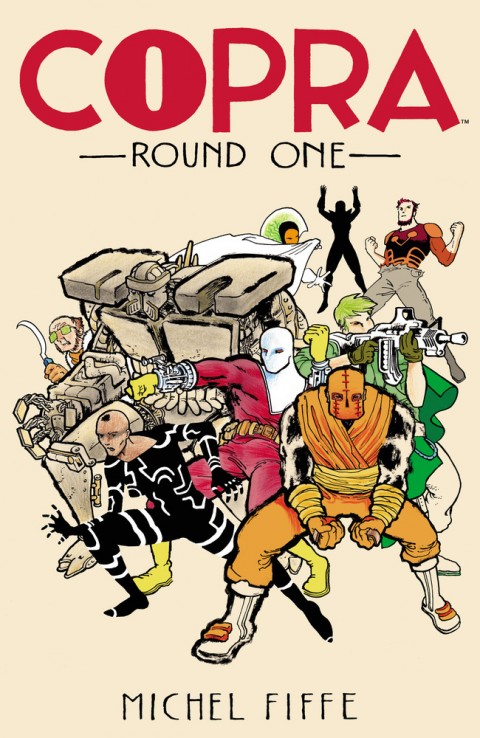
I am testing out my gravatar.
And a fine one it is.
The rating thing is tough especially with kids. Sometimes my kids don’t understand why they can’t read Deadpool when he is on Hulk Vs. Wolverine, or when Ryan Reynolds plays him on Wolverine Origins. It is tough as a parent trying to explain to kids why a character is acceptable in one format, but not another.
It seems the comic industry could benefit from adopting the video game ratings system ESRB.
Or something like MPAA. But the current systems don’t really work in the way that they should.